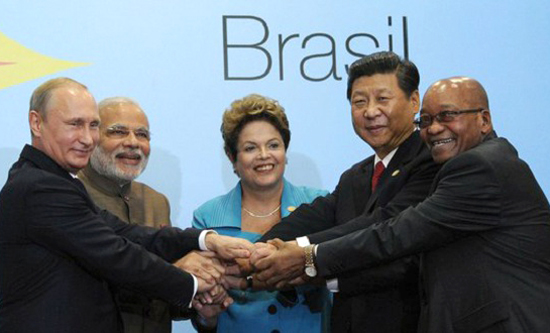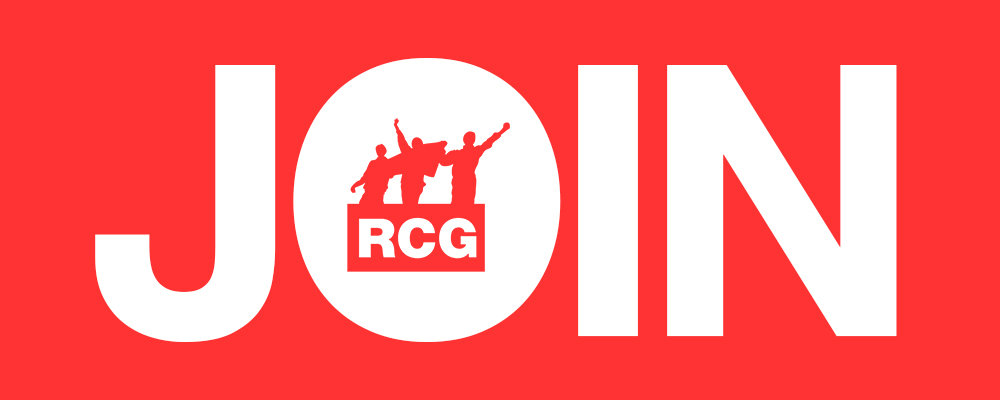
At the 6th BRICS summit held on 15-16 July 2014 in Fortaleza, Brazil, the BRICS countries (Brazil, Russia, India, China and South Africa) announced the creation of a New Development Bank and multilateral reserve fund. This is a direct alternative to the dominance of the International Monetary Fund (IMF) and World Bank and represents a significant challenge to the US and EU. The new bank gives countries like Cuba, Venezuela, Ecuador and Bolivia, which are explicitly building and working towards socialism, access to trade, credit and investment without having to accept the dictates of US and EU imperialism.
The BRICS countries represent one fifth of the world economy, almost 50% of world GDP growth in the last 10 years, and 40% of the world’s population. With the New Development Bank they are claiming an international role which reflects this. The bank is due to begin lending in 2016 and within five years will hold US $100bn of pooled capital (reported World Bank capital was $223bn in June 2013). This will be underscored by $41bn from China, $18bn from Brazil, India and Russia and $5 bn from South Africa. The reserve fund is aimed to support its members against economic crisis and global financial crises, a welcome alternative to the debt-ridden structural adjustment programmes of the IMF. Whilst the main stakeholders will remain BRICS countries, other nations will also be invited to become members of the bank.
China’s lead role in BRICS and the new bank is underwritten by its continued investment and trade with Latin America. The bilateral balance of trade reached $261.6bn in 2013, an increase of nearly 21 fold since 2000. China is the continents third trade partner after the US and EU. China and the 33 member states of CELAC (the Community of Latin America and Caribbean States), have also established a $1bn investment fund for development and infrastructure programmes in Latin America.
The New Development Bank is a huge step forward in challenging the hegemony of US and European finance capital. However, in the midst of the global economic crisis, there is also pressure on BRICS economies to grow and profit from their Foreign Direct Investment ventures. Russia and Brazil have a predicted GDP growth of only 1% in 2014. Although China’s GDP growth rate far outstrips most nations, its economic growth is slowing from 9.2% in 2012 to 7.5% in the second quarter of 2014. Such pressure could lead to political and economic domination of underdeveloped countries that they invest and loan to. The acid test will be the terms of investment and repayment drawn up by BRICS and the political response they are met with in countries determined to build socialism.
Sam McGill




